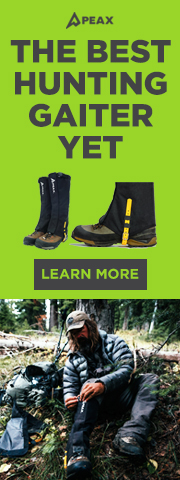ryancolter96
New member
- Feb 28, 2017
- 6
Hey y'all,
I'm new to the elk scene. I've been scrolling through the elk101 forums and found tons of info, and it's been great. But, I'm looking for some early season tips. My first elk hunt will be in late august this year and I understand that the bulls act completely different in the early season. From some podcasts I've listened to and from some people I've talked with through elk101, I've learned that they like to be in the high country and will be bulking up that time of year getting ready for the rut. I'm just wondering if anyonehas anymore advice they'd be willing to give a new elk hunter!
Thanks.
I'm new to the elk scene. I've been scrolling through the elk101 forums and found tons of info, and it's been great. But, I'm looking for some early season tips. My first elk hunt will be in late august this year and I understand that the bulls act completely different in the early season. From some podcasts I've listened to and from some people I've talked with through elk101, I've learned that they like to be in the high country and will be bulking up that time of year getting ready for the rut. I'm just wondering if anyonehas anymore advice they'd be willing to give a new elk hunter!
Thanks.



